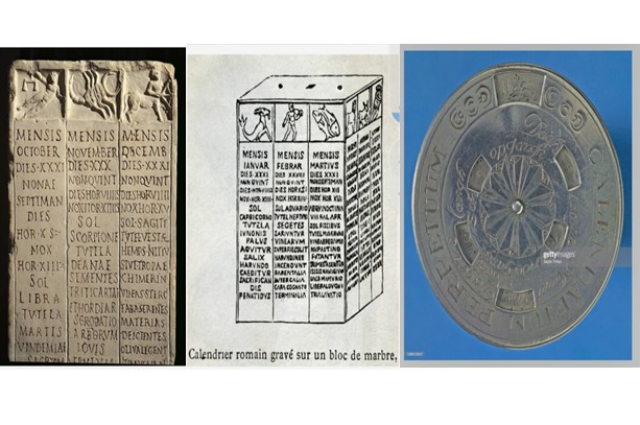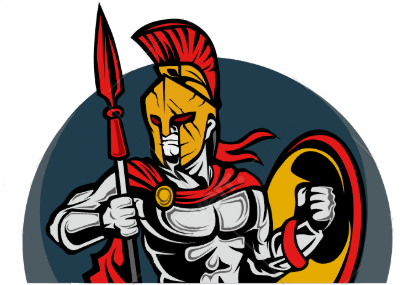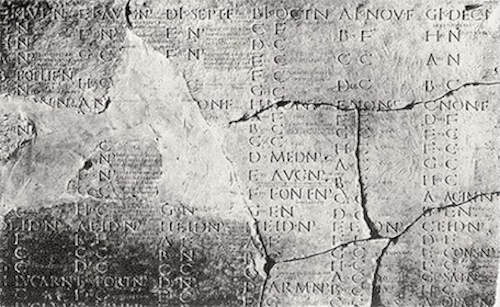The Julian calendar, introduced by Julius Caesar in 46 BCE and adopted in 45 BCE, replaced the inaccurate lunar-based Roman calendar with a solar-based system. Used in Europe for over 1,600 years, it was replaced by the Gregorian calendar in 1582.
By providing a more reliable way to measure time, the Julian calendar improved agricultural planning, religious events, and government administration. Its leap-year system was a key advancement, making timekeeping more predictable and accurate. Although slightly inaccurate, the Julian calendar laid the foundation for modern timekeeping. Its structure influenced global history.
The calendar became the standard across the Roman Empire and remained in use for centuries. The transition to the Gregorian calendar was gradual, with some countries keeping the Julian system into the 20th century and some Eastern Orthodox Churches still using it for liturgical events.


